There’s something magical about standing under a truly dark sky, watching countless stars emerge as your eyes adjust to the darkness. While city lights have stolen this experience from most of us, there are still special places around the world where the night sky reveals its full glory. These aren’t just random spots in the wilderness—they’re locations where serious astronomers have built world-class observatories, taking advantage of exceptional atmospheric conditions and minimal light pollution.
Here is a list of 19 observatory towns that offer some of the planet’s best stargazing opportunities, each combining cutting-edge astronomical facilities with breathtaking celestial views.
Mauna Kea, Hawaii

Perched 13,796 feet above the Pacific Ocean, Mauna Kea hosts the world’s largest collection of optical telescopes. The summit’s thin atmosphere and isolation from major cities create conditions so clear that astronomers can peer deeper into space than almost anywhere else on Earth.
Visitors can drive up during the day and stay for sunset, then watch as the Milky Way stretches across the sky like a cosmic river.
Atacama Desert, Chile

This high-altitude desert receives virtually no rainfall and sits far from any major population centers, making it astronomy’s promised land. The European Southern Observatory operates several facilities here, including the Very Large Telescope array that sounds like science fiction but delivers real results.
On clear nights, you can see your shadow cast by the Milky Way—that’s how dark and pristine these skies are.
Like Travel Pug’s content? Follow us on MSN.
Kitt Peak, Arizona
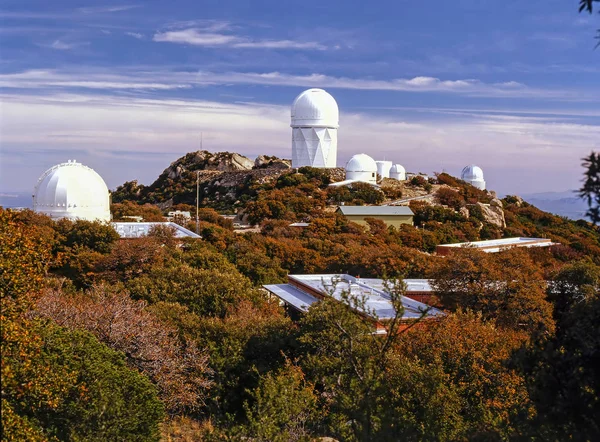
About 56 miles southwest of Tucson, Kitt Peak houses the largest collection of optical telescopes in the Northern Hemisphere. The facility offers night tours where visitors can look through research-grade telescopes alongside working astronomers.
The surrounding Sonoran Desert provides a stunning foreground for photographing star trails and meteor showers.
Palomar Mountain, California
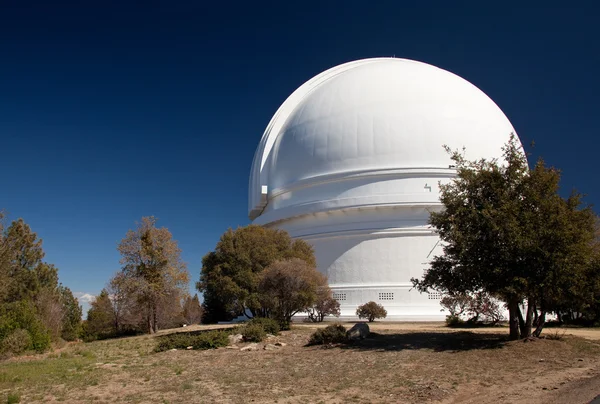
Home to the famous 200-inch Hale Telescope, Palomar Mountain sits at 5,600 feet in San Diego County. This historic observatory helped discover distant galaxies and expand our understanding of the universe’s size.
The mountain’s Mediterranean climate and elevation create stable atmospheric conditions perfect for both professional research and amateur stargazing.
Mount Wilson, California
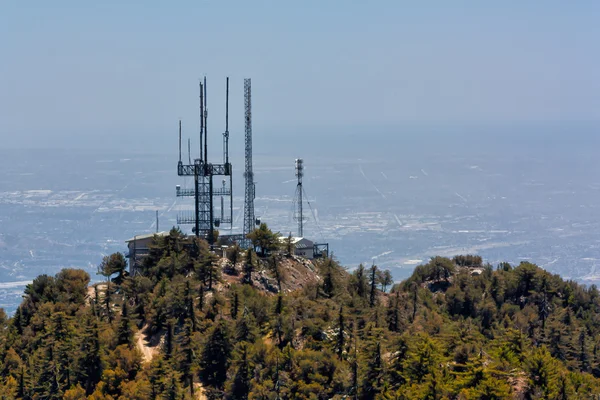
Rising above the Los Angeles basin, Mount Wilson seems impossible as an astronomy site given the city’s glow below. However, its high elevation and strategic location still provide surprisingly good viewing conditions for the historic observatory complex.
The contrast between the urban sprawl below and the cosmic vista above creates a uniquely dramatic stargazing experience.
Like Travel Pug’s content? Follow us on MSN.
Flagstaff, Arizona

This mountain town holds the distinction of being the world’s first International Dark Sky City, with strict lighting ordinances that preserve night sky visibility. Lowell Observatory, where Pluto was discovered, sits right in town and offers public programs year-round.
The combination of high elevation, dry climate, and community commitment to dark skies makes Flagstaff a dream destination for stargazers.
Cherry Springs, Pennsylvania
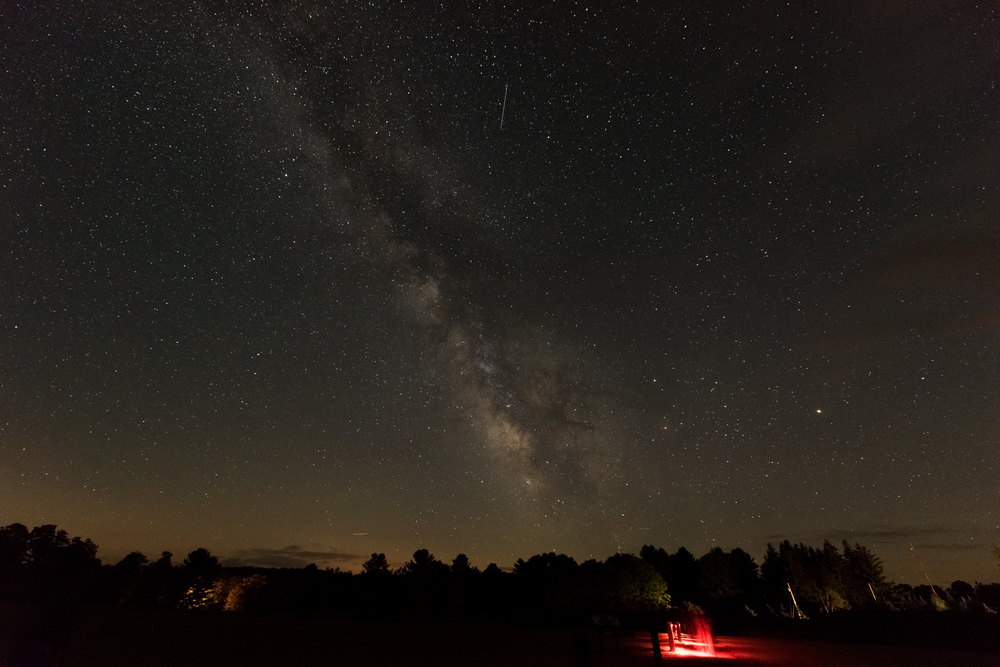
Located in the heart of Pennsylvania’s Potter County, Cherry Springs State Park offers the darkest skies on the East Coast. The park was specifically designed for astronomy, with large open fields perfect for setting up telescopes and comfortable viewing.
Regular star parties bring together amateur astronomers from across the region to share equipment and knowledge under truly spectacular skies.
Death Valley, California

The driest, lowest, and hottest national park in the United States also happens to offer some of the darkest skies in North America. Death Valley’s extreme isolation and lack of nearby cities create conditions where the Milky Way casts shadows and thousands of stars are visible to the naked eye.
The stark desert landscape adds an otherworldly quality to the stargazing experience.
Like Travel Pug’s content? Follow us on MSN.
Big Bend, Texas

This remote national park along the Rio Grande River boasts some of the darkest measured skies in the lower 48 states. The park’s vast wilderness and distance from major cities create conditions rivaling many professional observatory sites.
Regular astronomy programs help visitors navigate the overwhelming abundance of stars visible in these pristine skies.
Bryce Canyon, Utah

At over 8,000 feet elevation, Bryce Canyon combines stunning geological formations with exceptional night sky visibility. The park’s high altitude and clean air offer crystal-clear views of deep space objects that are often hidden from most urban locations.
The contrast between the red rock formations and the star-filled sky creates unforgettable photographic opportunities.
Jasper, Alberta

Canada’s largest Dark Sky Preserve offers visitors a chance to experience the aurora borealis alongside brilliant star displays. Jasper’s northern location and strict light pollution controls create conditions where the night sky dominates the landscape.
The park hosts an annual Dark Sky Festival that attracts astronomers and stargazers from around the world.
Like Travel Pug’s content? Follow us on MSN.
La Palma, Canary Islands
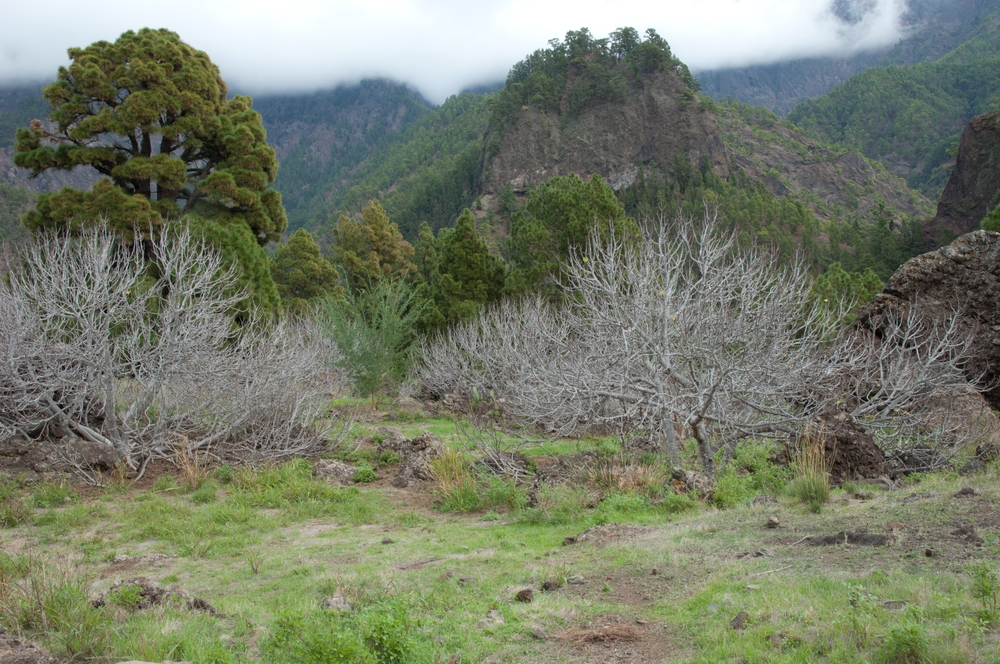
This volcanic island hosts the Roque de los Muchachos Observatory, one of the world’s premier ground-based astronomy facilities. Special laws protect the island’s skies from light pollution, while the Atlantic location provides exceptional atmospheric stability.
The combination of professional-grade observing conditions and tourist accessibility makes La Palma unique among observatory destinations.
Green Bank, West Virginia

The National Radio Astronomy Observatory creates a unique “radio quiet zone” where electronic devices are restricted to prevent interference with sensitive radio telescopes. This isolation from modern technology extends to light pollution as well, creating surprisingly dark skies for the Eastern United States.
Visitors can tour the facility and learn about radio astronomy while enjoying excellent optical stargazing.
Fort Davis, Texas

Fort Davis is home to the McDonald Observatory, operated by the University of Texas, which sits at 5,000 feet in the Davis Mountains. This premier facility offers public programs and star parties year-round under some of the darkest skies in North America.
The observatory’s research telescopes and the town’s astronomy-themed identity make it a must-visit for stargazers.
Like Travel Pug’s content? Follow us on MSN.
Williams Bay, Wisconsin

Yerkes Observatory, once home to the world’s largest refracting telescope, sits on the shores of Lake Geneva in southern Wisconsin. While no longer a major research facility, the historic observatory continues to offer public programs and maintains its role as a center for astronomy education.
The combination of historic architecture and ongoing astronomical activities creates a unique destination for astronomy enthusiasts.
Mount Hamilton, California

Lick Observatory, perched atop Mount Hamilton east of San Jose, pioneered many techniques still used in modern astronomy. Despite the nearby Silicon Valley’s growth, the observatory maintains research operations and offers public programs showcasing both historic and modern telescopes.
The winding road to the summit provides dramatic views of both the San Francisco Bay Area and the night sky above.
Pic du Midi, France

This mountain observatory in the French Pyrenees offers visitors a chance to stay overnight at a working research facility. The unique program allows guests to observe alongside professional astronomers using research-grade equipment.
The high altitude and mountain location provide exceptional viewing conditions for both deep space objects and planetary observations.
Like Travel Pug’s content? Follow us on MSN.
Sutherland, South Africa

The South African Astronomical Observatory takes advantage of the Southern Hemisphere’s unique celestial views from this small Karoo town. The facility offers visitors access to objects invisible from northern latitudes, including the Magellanic Clouds and the southern Milky Way’s brightest regions.
The combination of high altitude, dry climate, and minimal light pollution creates world-class observing conditions.
Arecibo, Puerto Rico

While famous for its radio telescope (now sadly collapsed), Arecibo’s tropical location provided unique opportunities for both radio and optical astronomy. The surrounding area still offers excellent stargazing opportunities, with year-round warm weather and relatively dark skies for the Caribbean region.
The combination of tropical setting and astronomical heritage makes this a distinctive destination for stargazing enthusiasts.
Ready to Explore

These observatory towns represent the best of both worlds—locations where serious astronomical research thrives alongside opportunities for the public to experience truly dark skies.
Whether you’re planning a dedicated astronomy trip or simply want to rediscover the night sky that our ancestors knew, these top stargazing destinations offer windows into the cosmos that remind us of our place in the universe. Pack a red flashlight, dress warmly, and prepare to be amazed by what’s been hanging over our heads all along.
Like Travel Pug’s content? Follow us on MSN.
More from Travel Pug

- 20 Best Beach Towns in the Carolinas
- 13 Destinations Where Tourists Regularly Regret Their Trip
- 20 Things You Actually Get in First Class
- 20 Small Airports With Aviation Museums
- 20 Places in the U.S. That Are Perfect for a Reset Trip
Like Travel Pug’s content? Follow us on MSN.
